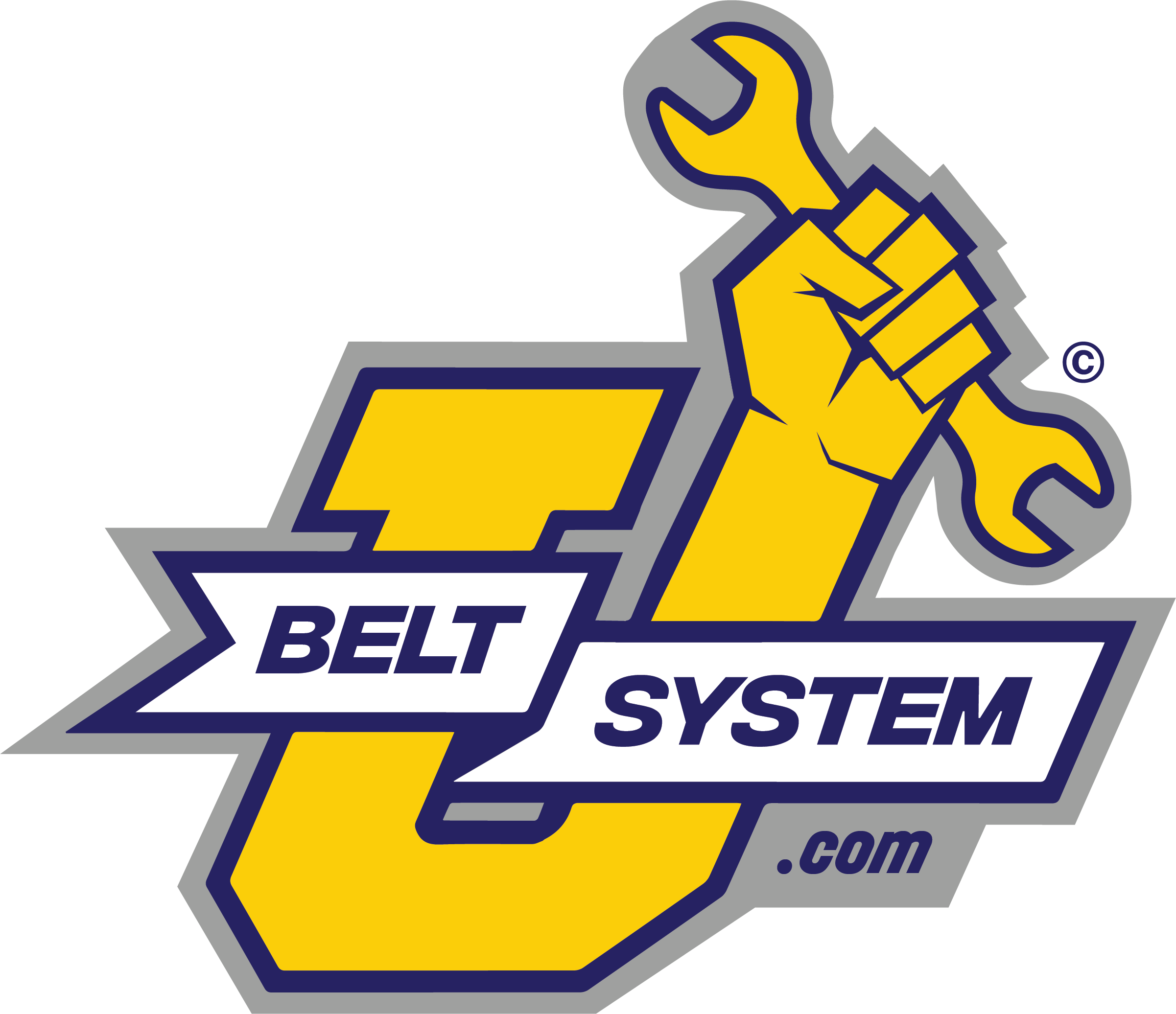If your car’s belt tensioner is wobbling, it is important that you take prompt action and replace the faulty part. Even if you are slightly concerned that your belt tensioner might be wobbling, it is best to take your car to the shop or replace the part yourself. Let’s take a look at a few reasons why belt tensioners wobble and explain why belt tension is essential for your automobile’s functionality.
Recognize the Importance of the Proper Belt Tension
If your automobile’s belt tension is even slightly low, there is the potential for the belt to slip and result in considerable noise, especially when the temperature is high. This slippage can cause early wear along the belt. Such wear is likely to spur problems with the functions of accessories driven by the belt.
Causes of Belt Tensioner Wobbling
A wobbling belt tensioner can result from many different causes. In general, belt tensioners tend to get noisy when they fail. If your belt tensioner is chirping or makes other noises, it is often an indication that the part is old and needs to be replaced. You can even remove the belt, spin each pulley, and listen for rumbling or other noises. If the belt tensioner is moving more than it should, there is a good chance it will require replacement. It is also quite possible the damping mechanism is no longer functional or the spring that functions in unison with the belt tensioner has loosened.
Is the Bearing the Real Problem?
There is also the potential that something else can be causing the belt tensioner’s to wobble. One of these possibilities is if an underlying bearing has failed. If a bearing fails, it is important that you replace it as soon as possible. If you are mechanically oriented and good with your hands, you can replace the bearing on your own and even perform a full replacement of the belt tensioner and serpentine belt for the ultimate peace of mind.
Check the Idler Pulleys
The belt tensioner likely runs on additional idler pulleys. Take a close look at these idler pulleys, and if they generate any odd noise, it is a red flag. Go ahead and spin them in a manual manner for yourself. If there is considerable motion from side to side, it is a sign the idler pulley needs to be replaced as soon as possible. Take care of this problem as quickly as possible so you do not wear out the belt or tensioner prematurely.
Cracking and Rust
Take a close look at the belt tensioner. Do you see any cracks or rust bleed? If you spot rust bleeding between the base and arm or rust directly on the belt tensioner, it is cause for concern. It’s also in your best interest to take a close look at the tensioner to see if there is any type of damage or cracking. Any such damage to the belt tensioner, bracket, housing, or arm has the potential to cause wobble. If you notice cracking, damage, or rust, replace the belt tensioner as soon as possible.






Mine has same problem.
New damper, new tensioner, new belt (both), new aircon compressor… all stille wobbels betveen 700 rpm and 1600.
My 2 day old belt tensioner is wabbling just like the old one that wasn’t that old. It is pretty hot, hot to the touch so Im not sure how I should handle this.